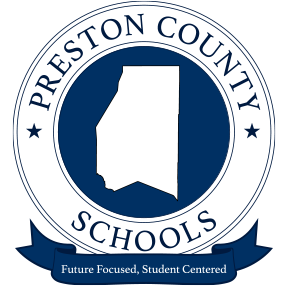Bruceton School held their annual STEM/STEAM Night on Thursday, March 21, 2024 from 5 - 7 pm. According to Principal Jonas Knotts, the evening is a "way for the parents and the kids to enjoy and have some fun while trying some engineering/STEM activities." The event teaches some of those activities to the students in hopes of increasing interest in STEM (science, technology, engineering, and math) and STEAM (science, technology, engineering, arts, and math). Principal Knotts said the event usually averages 150 - 200 people, and this year's turnout was averaging the same.
Students Lucas Reed (grade 3) and Wyatt Kucera (grade 5) enjoyed the lego station and the Harry Potter wand station. Reed said the night's activities were perfect, while Kucera added that it was fun. Both students said that they attend every year and look forward to it.
First grader Robert Beerbower of Ms. Hagedorn's class was just getting started, but had already visited the library for the Scholastic Book Fair. Beerbower said he really likes STEM night and was having fun.
Another first grade student, Kyla Umble, a student in Ms. Friend's class, enjoyed creating musical instruments at STEM night. Umble said she made a shaker and a finger drum. She too said she attended last year.
Ryan and Raegan Nieman (grades 6 and 4) participated at the blood oxygen station and learned how the pulse oximeter works from Bruceton School Nurse Lena Cerbone. Cerbone said the pulse oximeter measures the saturation of oxygen in the red blood cells and does so by using a light source that shines a light through the fingertip, making the tip appear red. By analyzing the light from the light source that passes through the finger, the device is able to determine the percentage of oxygen in the red blood cell.
Teachers, students, and parents filled the rooms and halls with laughter and much discussion over the various projects. One of the more popular stations was the NASA station where students learned about the upcoming solar eclipse. Other stations included the blood oxygen levels, cups, legos, speed cups, squishy circuits, light retraction, Harry Potter wands, musical instruments, sugar content (in common food products), acoustics, and airplanes. 










